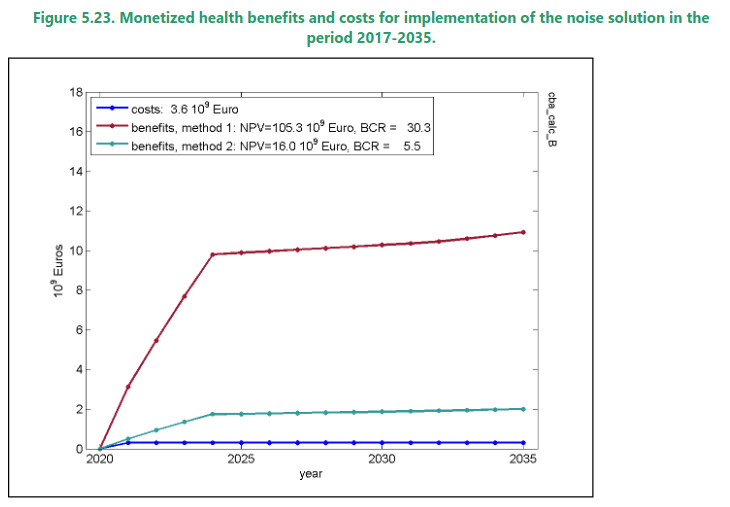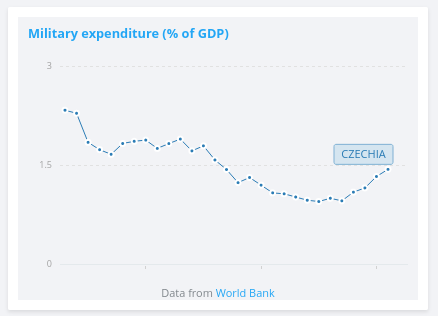Optimism bias uplifts for rail transport appraisals
Readers have asked how feasibility studies should be evaluated against reality.
The best-known method is Reference Class Forecasting (RFC). This is an established method for accounting for the systematic underestimation of cost and schedule overrun in projects.
Cost overruns of a rail project exceeded by 19% to 60%
Passenger numbers lower than expected by 30% to 64%
Railway completion dates exceeded by 20% to 61%
UK Government
The underlying causes of this underestimation can include:
- optimism bias
- strategic misrepresentation
- economic incentives to see projects progress
RCF is found to increase the probability of delivering a project on time and on budget.
In a joint publication[1]https://assets.publishing.service.gov.uk/government/uploads/system/uploads/attachment_data/file/983759/updating-the-evidence-behind-the-optimism-bias-uplifts-for-transport-appraisals.pdf between the UK Department for Transport[2]https://www.gov.uk/government/organisations/department-for-transport and Oxford Global Projects[3]https://www.oxfordglobalprojects.com, data from 2,522 rail, road, bridge and tunnel new build projects show that risks are even larger at earlier project stages such as at the Outline Business Case and Strategic Outline Business Case stages.
Optimism bias (OB) is a cognitive bias that causes an entity to believe that they themselves are less likely to experience a negative event. It is common and transcends gender, ethnicity, nationality, and age.
Optimism bias is particularly prevalent in large governmental civil engineering projects, where it is almost expected as a norm. It is used as a method to get a project to be accepted politically and then started. The project cannot then be abandoned because of the large public investment already made, all whilst predictable costs mount up.

The above table suggests that the original construction costs of a rail project will be exceeded by 19% to 60%, the originally planned completion date exceeded by 20% to 61%, and the expected benefits (number of passengers) will be lower than expected by 30% to 64%.
The current performance of the British HS2 construction program is already in line with this forecast. (Benefits are measured by the number of rail passengers (p. 13)).
The Czech Railway Authority’s (SZ) Feasibility Studies for the VRT (HSR) project suffers from numerous defects, notably in viability, passenger numbers, projected economic benefits and understated or missing costs. To date, they have been unable to explain these in a cogent manner.
References







